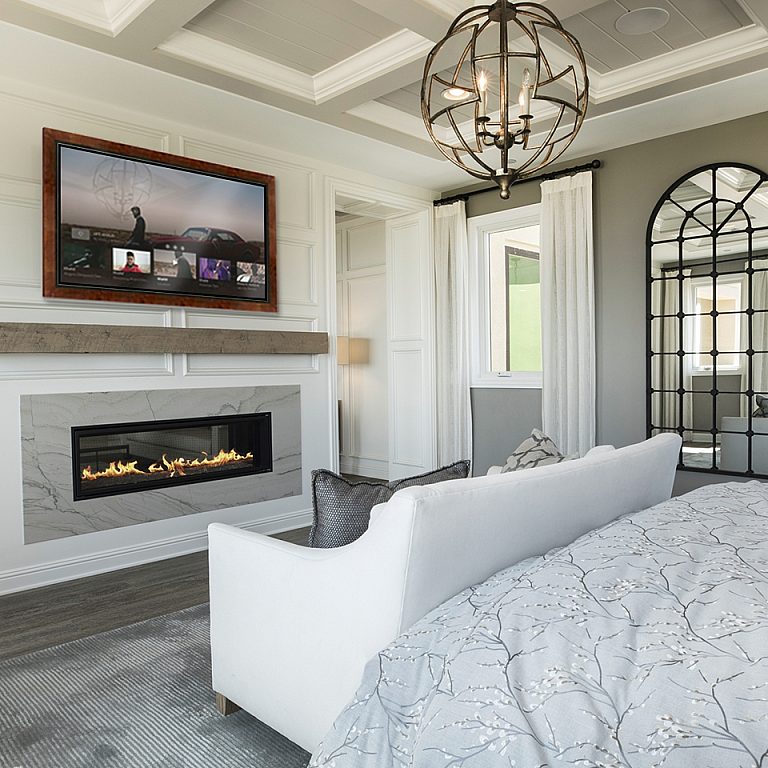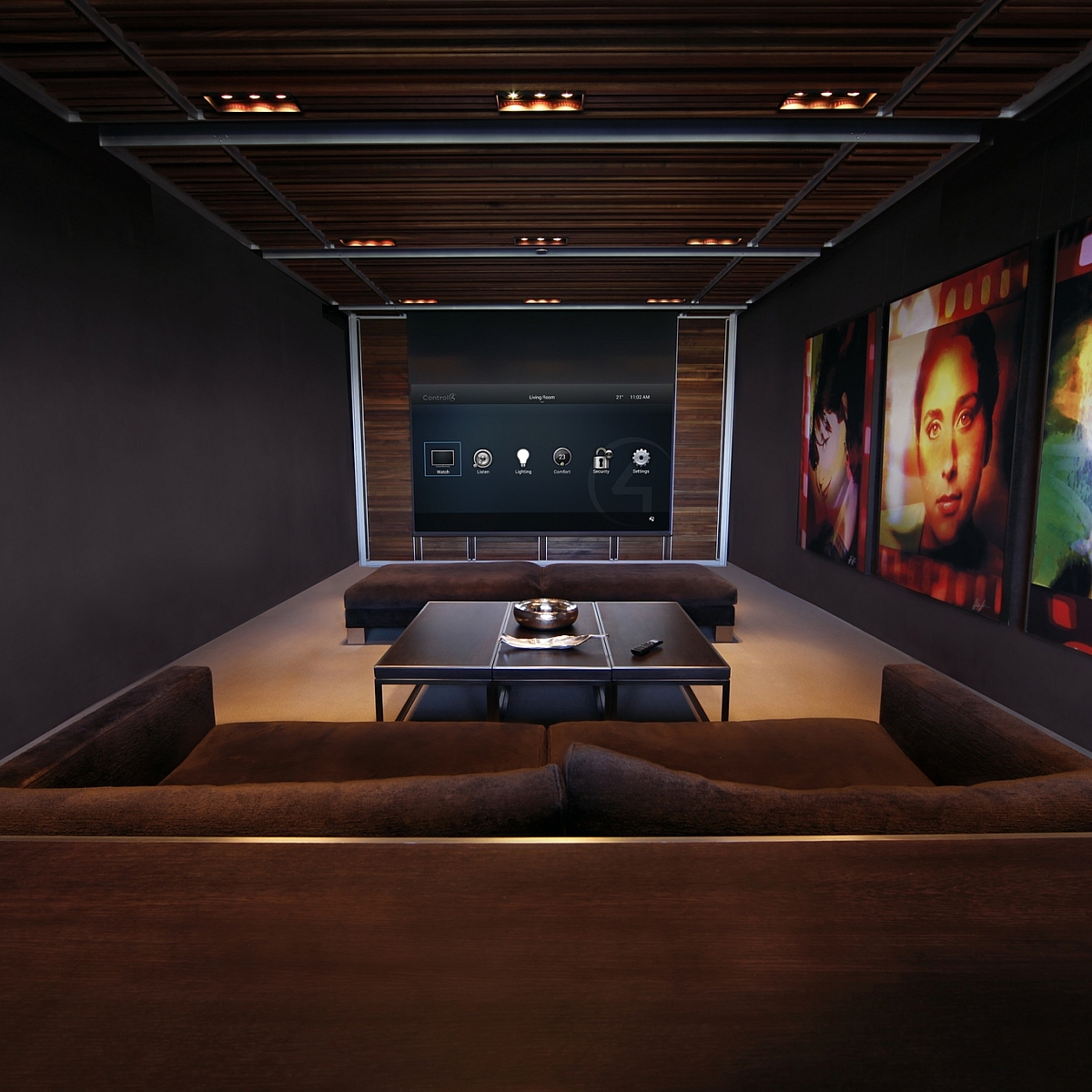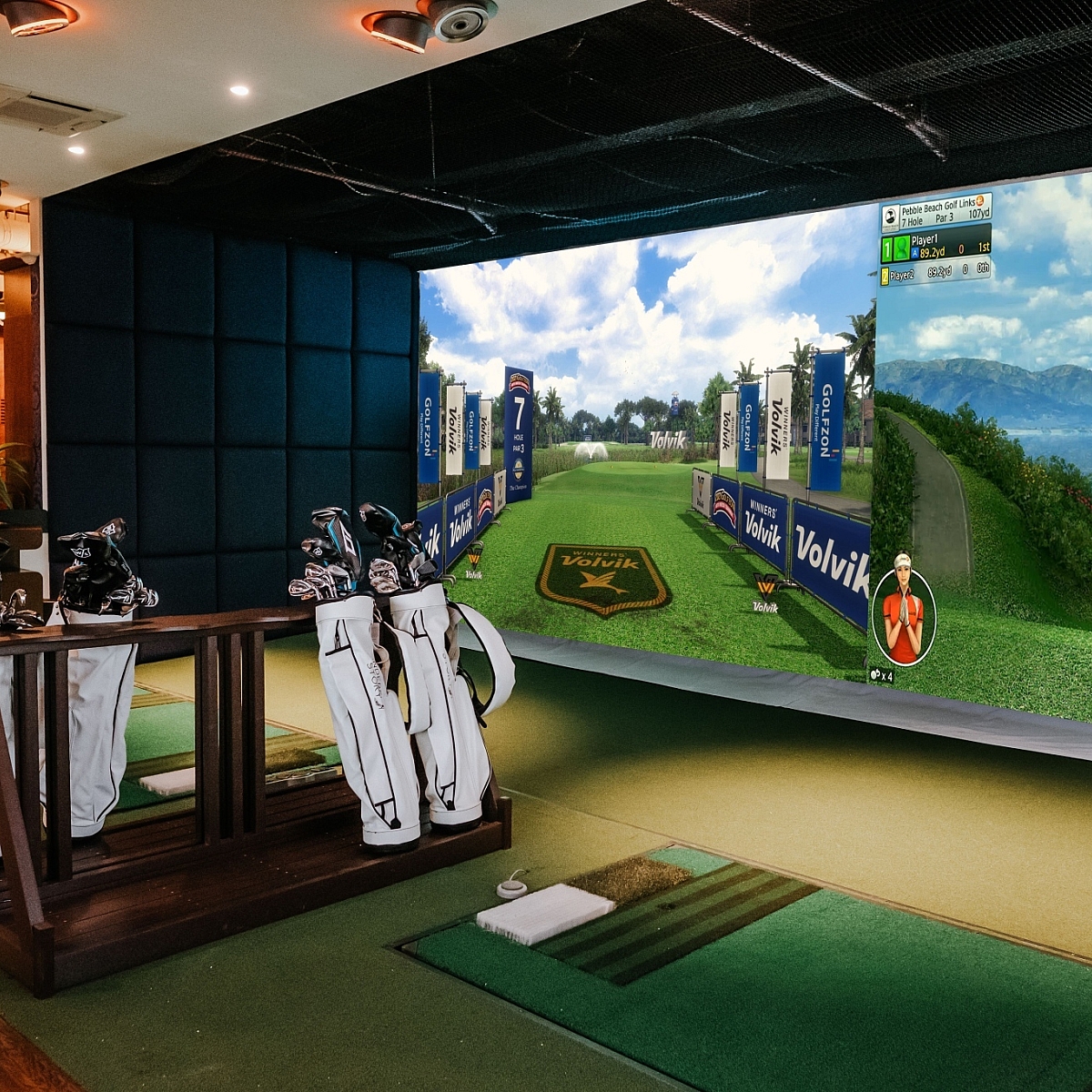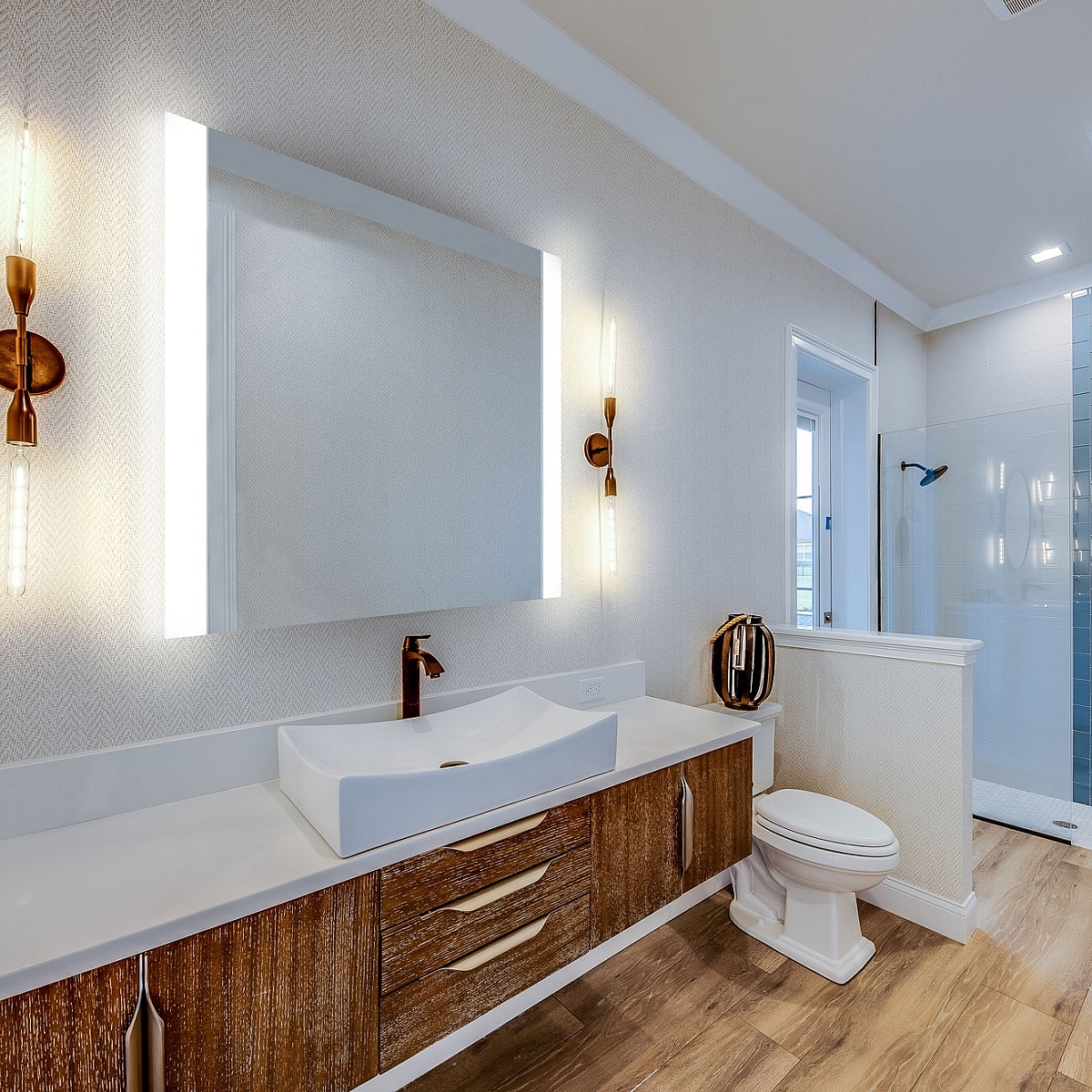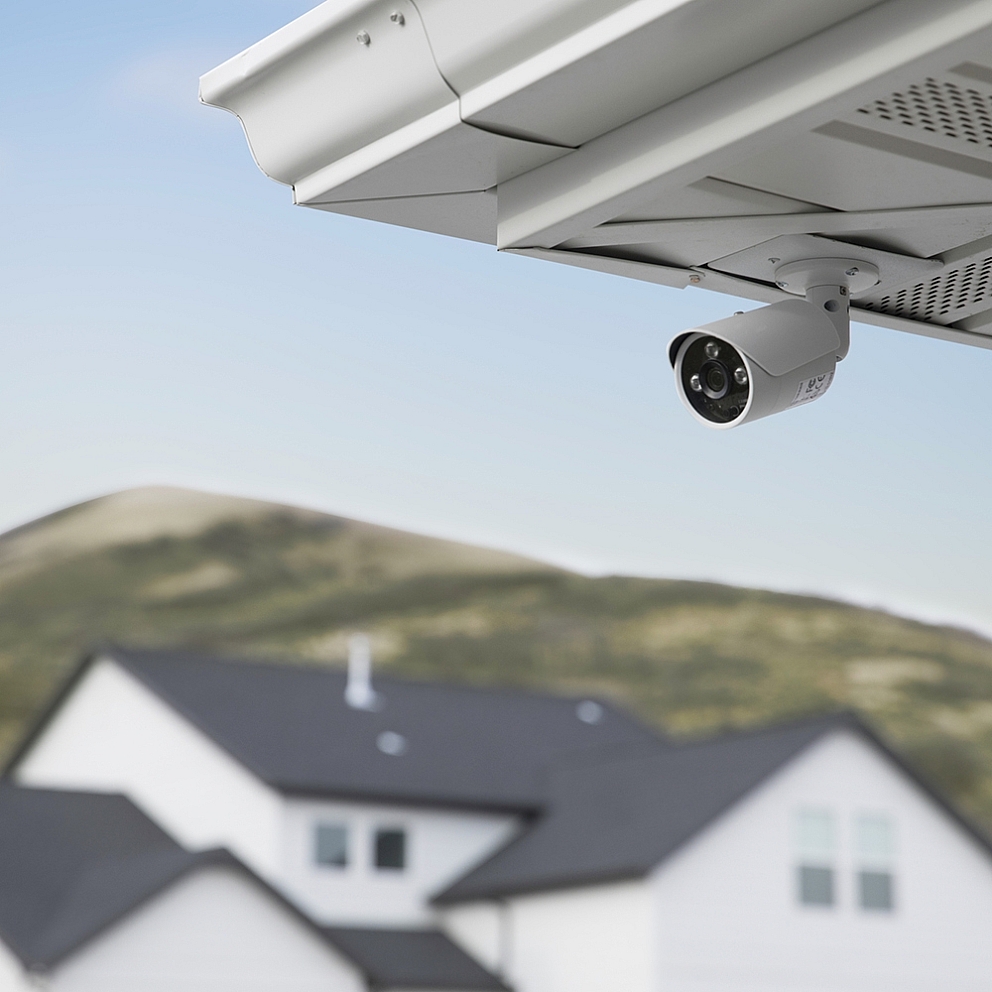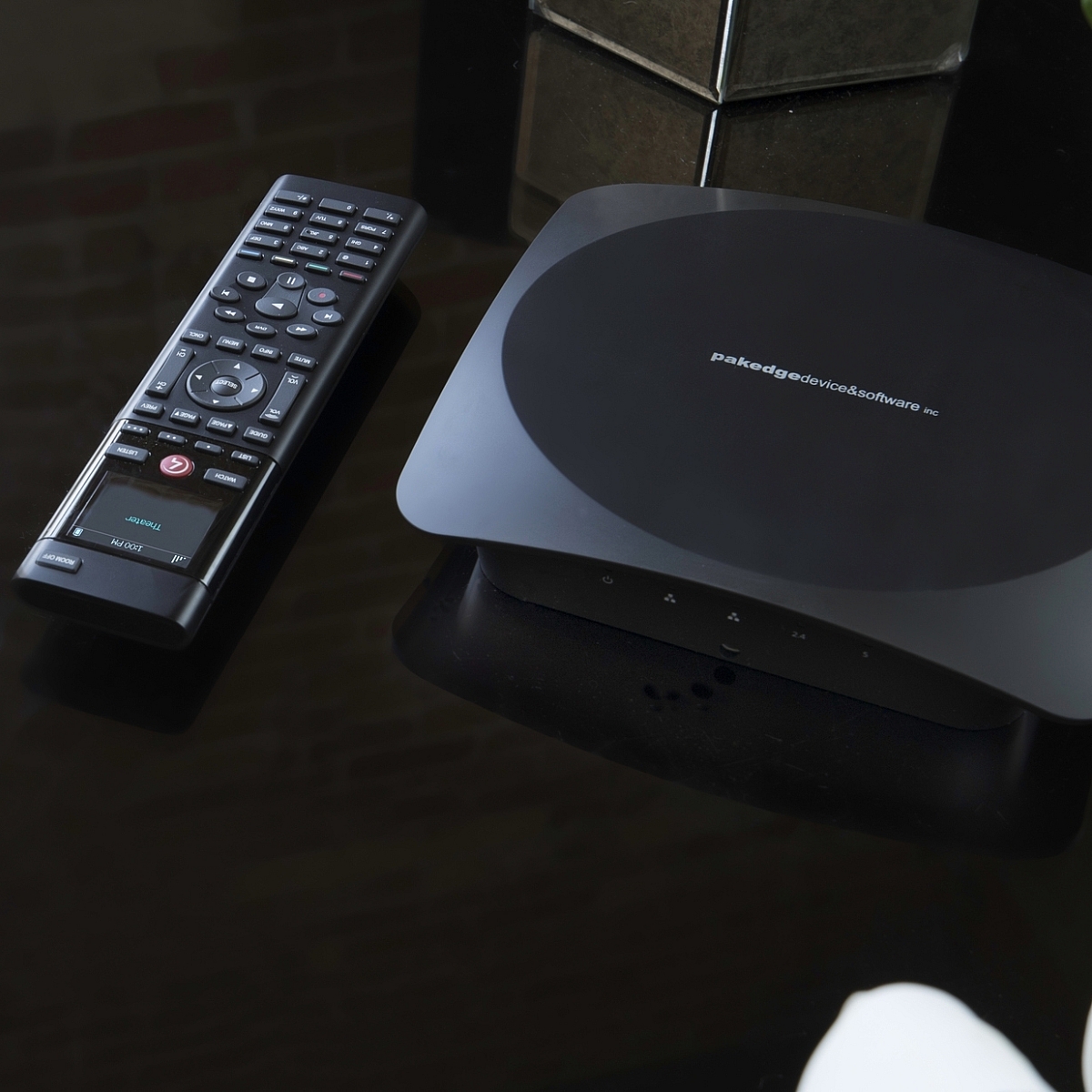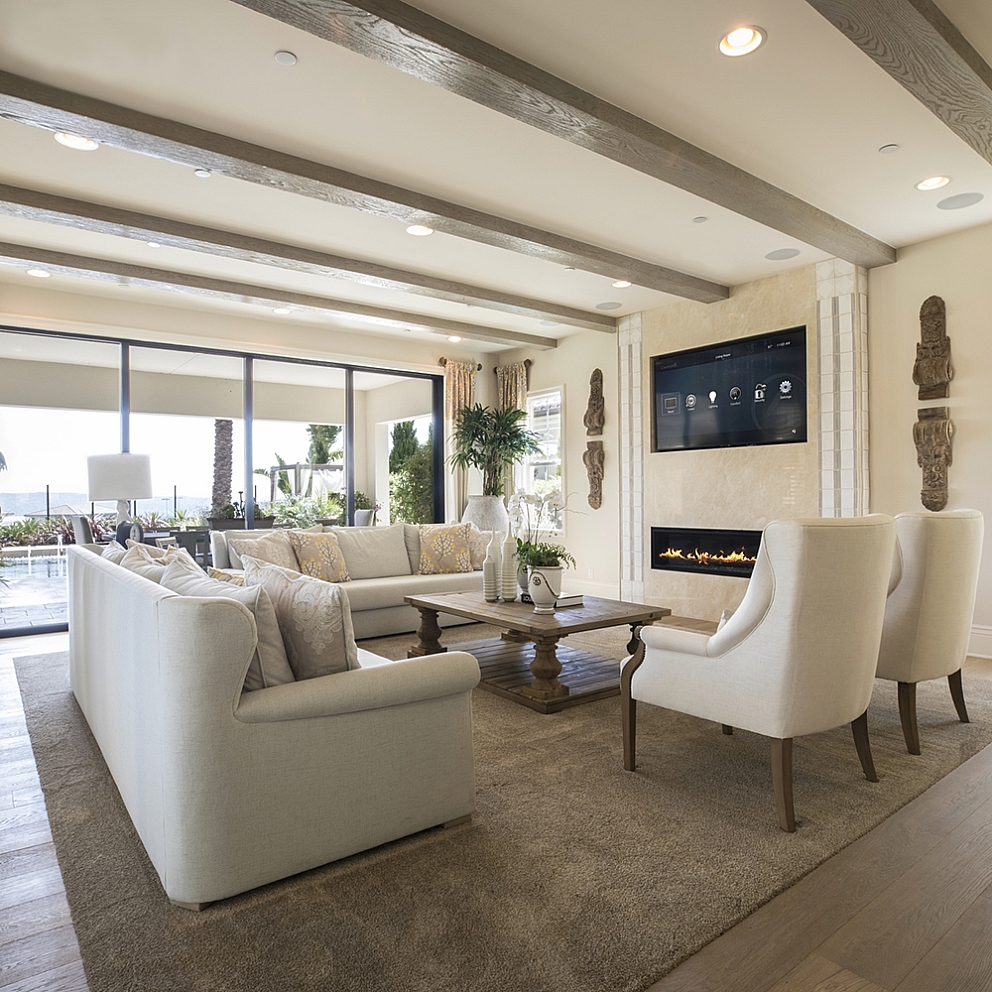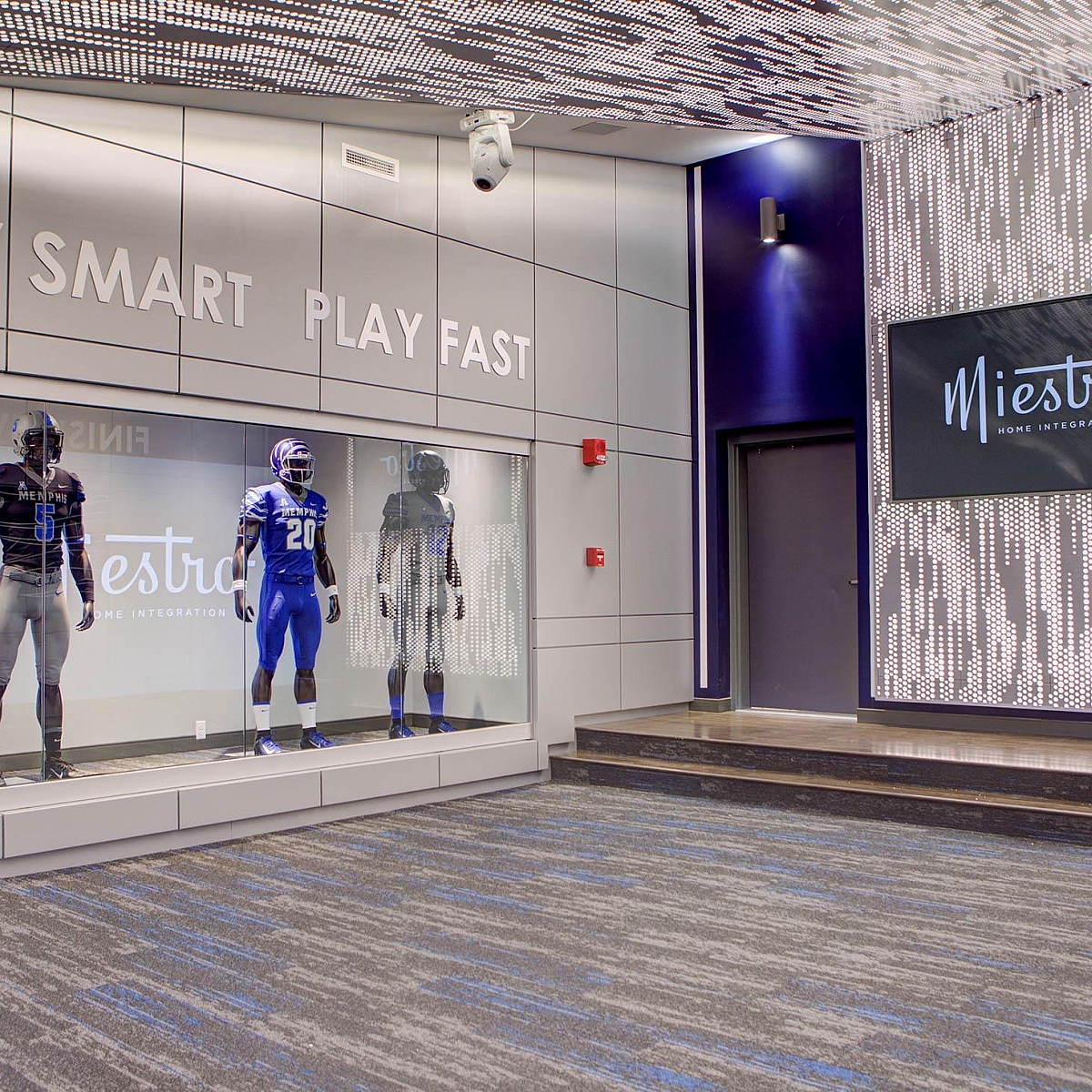“Don't Miss the Mark”
with our very own Mark Morris (and guest appearance from Ellen his wife)
A Miestro series that dives into the mind of Mark and his personal take on music, electronics, speakers and the industry in general.
Mark is an expert in all things music. From working in the industry for decades to his love for live music and a personal collection of music that dwarfs even the most discerning collector. We hope you enjoy hearing about Mark's love of music the way we do hear at the office.
GET READY FOLKS…….
Marks love for music is larger than life (larger than these speakers even)
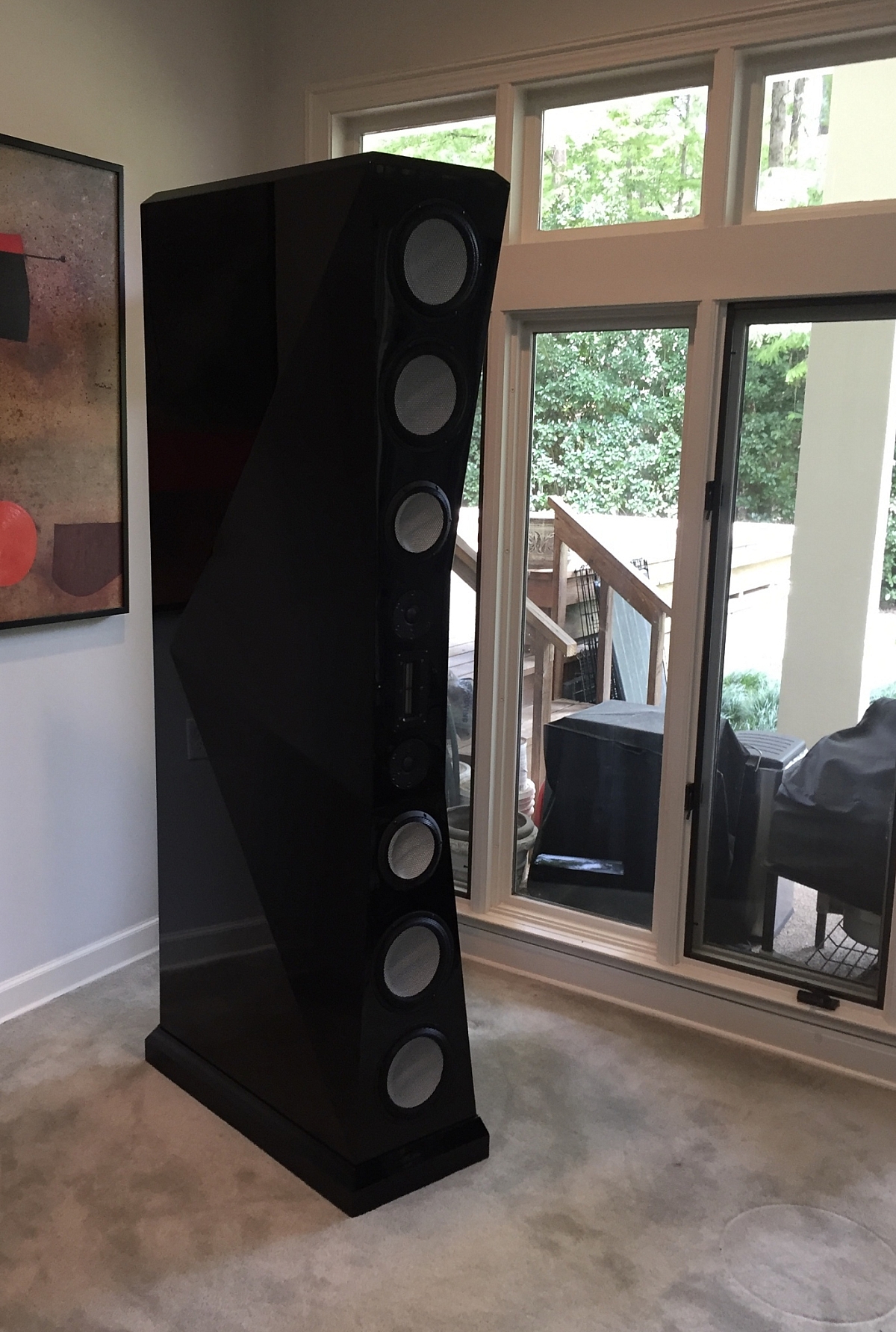
I was born in the early 60s and grew up in a music-loving family. There were not endless technological distractions as there are today, and music was a major part of my life. My older brother was a rock & roll record collector, and I followed suit, and I never lost interest or grew out of it. As far back as I can remember, I had British Invasion, garage rock, soul, blues and early rock & roll 7 inch single records that I played on a portable record player with a built-in speaker that sounded pretty good. I enjoyed the freedom of choice to listen to music I wanted to hear instead of waiting for a song to come on the radio. When I was three years old, my uncle gave me The Beatles’ Something New LP, and I learned that I liked some of the non-single songs better than the hits. My brother enthusiastically brought new records home, and I learned about Led Zeppelin, Jimi Hendrix, Cream, The Allman Brothers, ZZ Top, Pink Floyd, David Bowie, and many other artists that are now considered classic rock from him. My brother was continuously upgrading his music system, so I would gratefully get his old systems as hand me downs. When I was 13, I talked my parents into getting me a receiver, turntable, cassette recorder, and speakers to replace my all-in-one system. My mom said I could worry the horns off of a billy goat! She was the one that influenced me to learn about the artists. I had a homemade Foghat cassette playing in the car, and she surprised me by singing along to it, so I asked her how she knew the song, and she told me That’ll Be The Day was a Buddy Holly song that Foghat was copying. She knew all of the early rockers from the 50s, and while she was a big Elvis fan, she told me that people who said Elvis started rock & roll were wrong, because Fats Domino was the first artist that she heard with records like that, they just called it rhythm & blues before it was called rock & roll. Listen to Domino’s The Fat Man from 1949 to hear what she was talking about. My dad listened to country music and had little appreciation for rock & roll. There may have been others, but I only recall him acknowledging Otis Redding and Pure Prairie League as being any good outside of country music. He said music is meant to be pretty and melodic, not distorted guitars and screaming (I was an early fan of Led Zeppelin!). He did appreciate equipment with quality sound more than any of my friends’ dads did, however, so we always had the best sound system on the block when I was growing up.
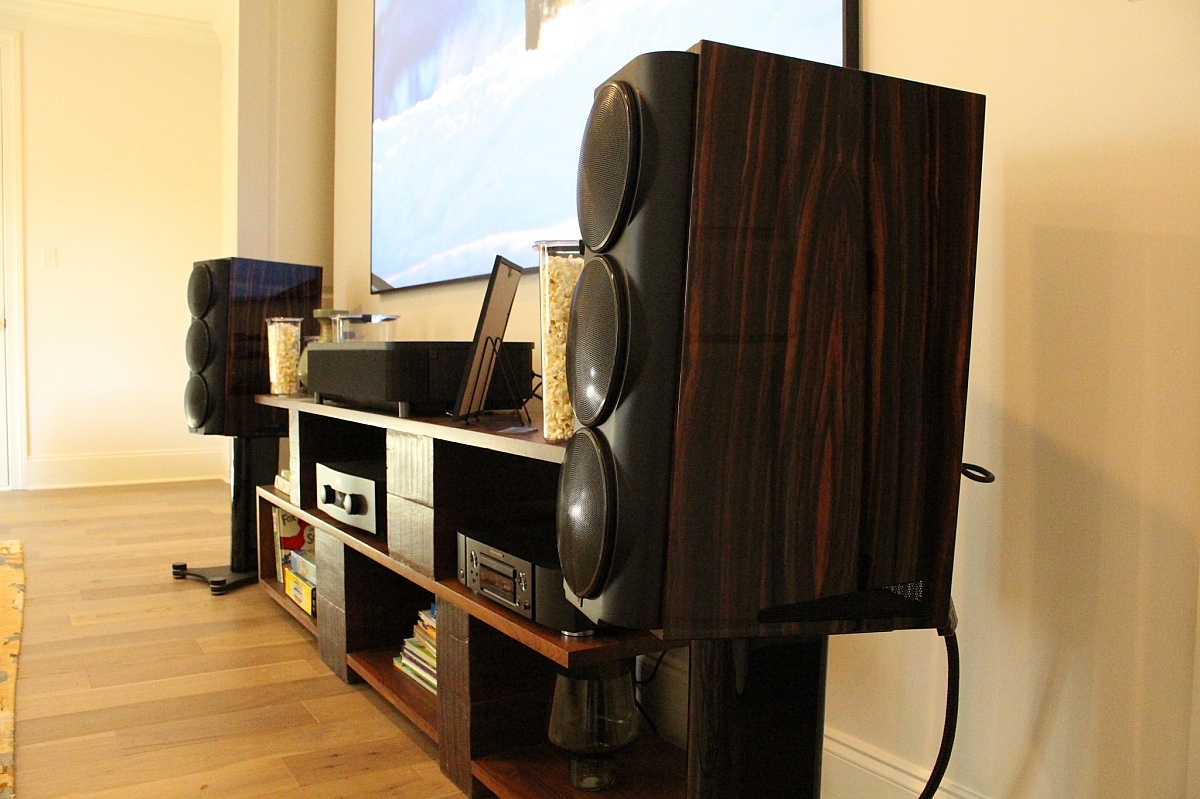
David Bowie’s second concert in the United States with The Spiders From Mars was in Memphis, and my brother was a big fan, so he went, and he raved about the show and became an even bigger fan afterwards. Bowie returned for his second Ziggy Stardust show in Memphis five months later, and my brother begged my mom to let me go, but she was convinced that David would jump off the stage and stick a needle in my eleven year old arm and make me a drug addict, so she refused. My brother promised not to smoke or drink at the concert, and be protective of me, but mom wouldn’t budge. Due to my brother’s dabbling in drugs and alcohol, I was not allowed to go to rock concerts as long as I was living in her house. When I was an older teenager, I snuck into a few concerts, and I have been to more concerts in my life than anyone I’ve ever known, but I never became the drug addict my mom feared I would be if I went to concerts! I never did drugs at a concert, nor did I ever have the desire to do that. My wife is a music lover, and we are avid concert-goers. Fortunately, we like the same music for the most part, and we both prefer up and coming artists to popular stars.
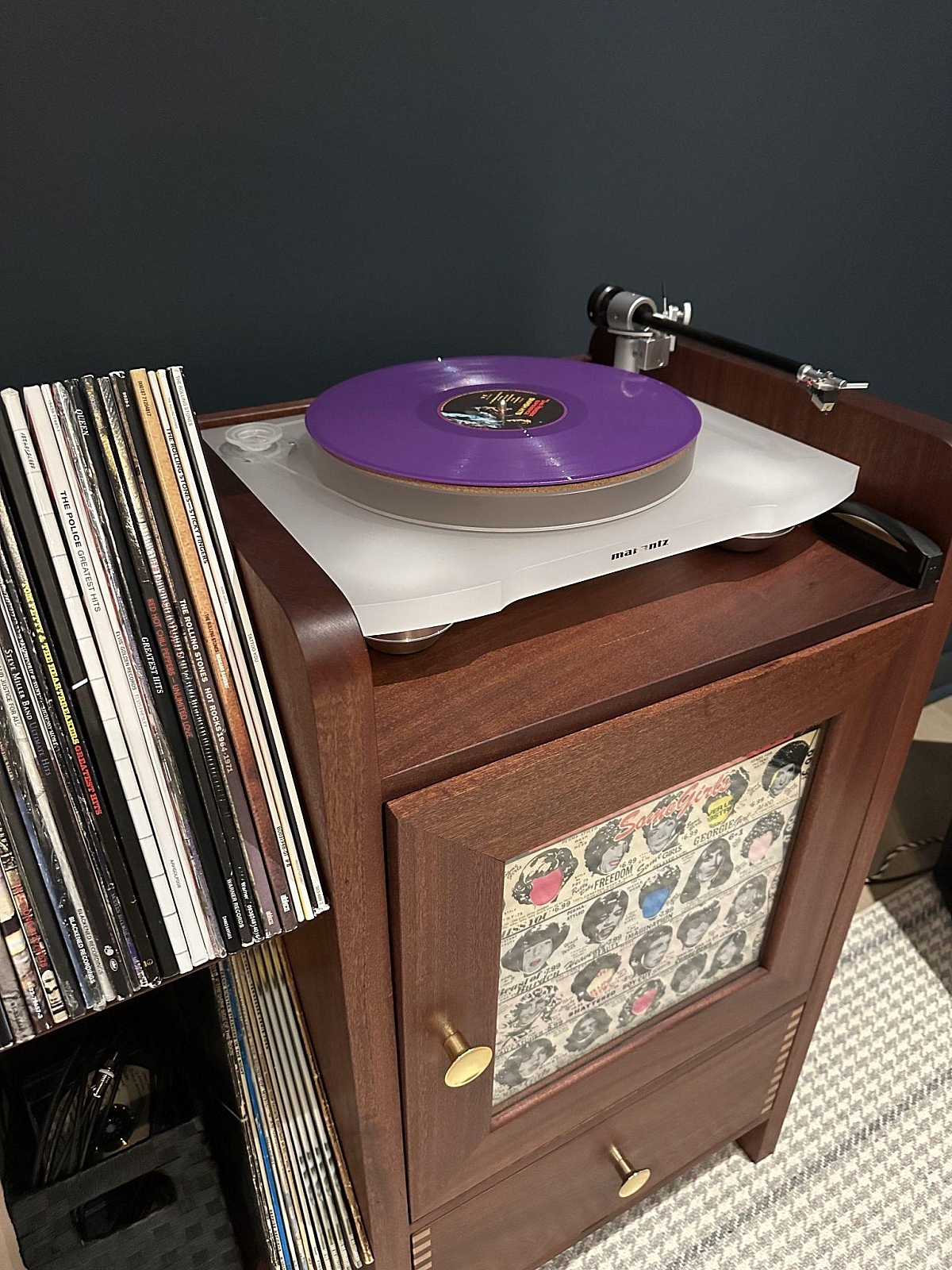
My love of music led to one of my childhood friends recruiting me to get in the car audio business the minute I was out of college. I honestly didn’t think it would last, because I wasn’t a natural salesman like my friend was, but the owner of the company told me he had seen my fiance, so he knew I was a good salesman! I was in the business for 20 years, but there were a few years of home audio mixed in there. I made the full transition into home automation in the early 2000s, and high-performance audio systems were a big part of that, but that part of the business slowly dwindled over the years. Lately, however, there has been an increase in the interest and sales of high-performance two-channel audio systems. High-resolution music streaming and the resurgence of vinyl records have music lovers acquiring better music systems to take advantage of these mediums' sound quality. The trend of trading convenience over quality when it comes to listening to music will most likely continue for most people, but playing highly compressed music files such as mp3s or streaming low-resolution music to average wireless speakers is akin to watching movies on a 19” Sony CRT TV to many music listeners. Most people say they can’t hear the difference in sound quality, but they definitely can. JBL conducted a study in the early 2000s, having non-audiophiles blind listen to mp3s and CDs, and 100% of the listeners in the study picked CD audio over mp3.
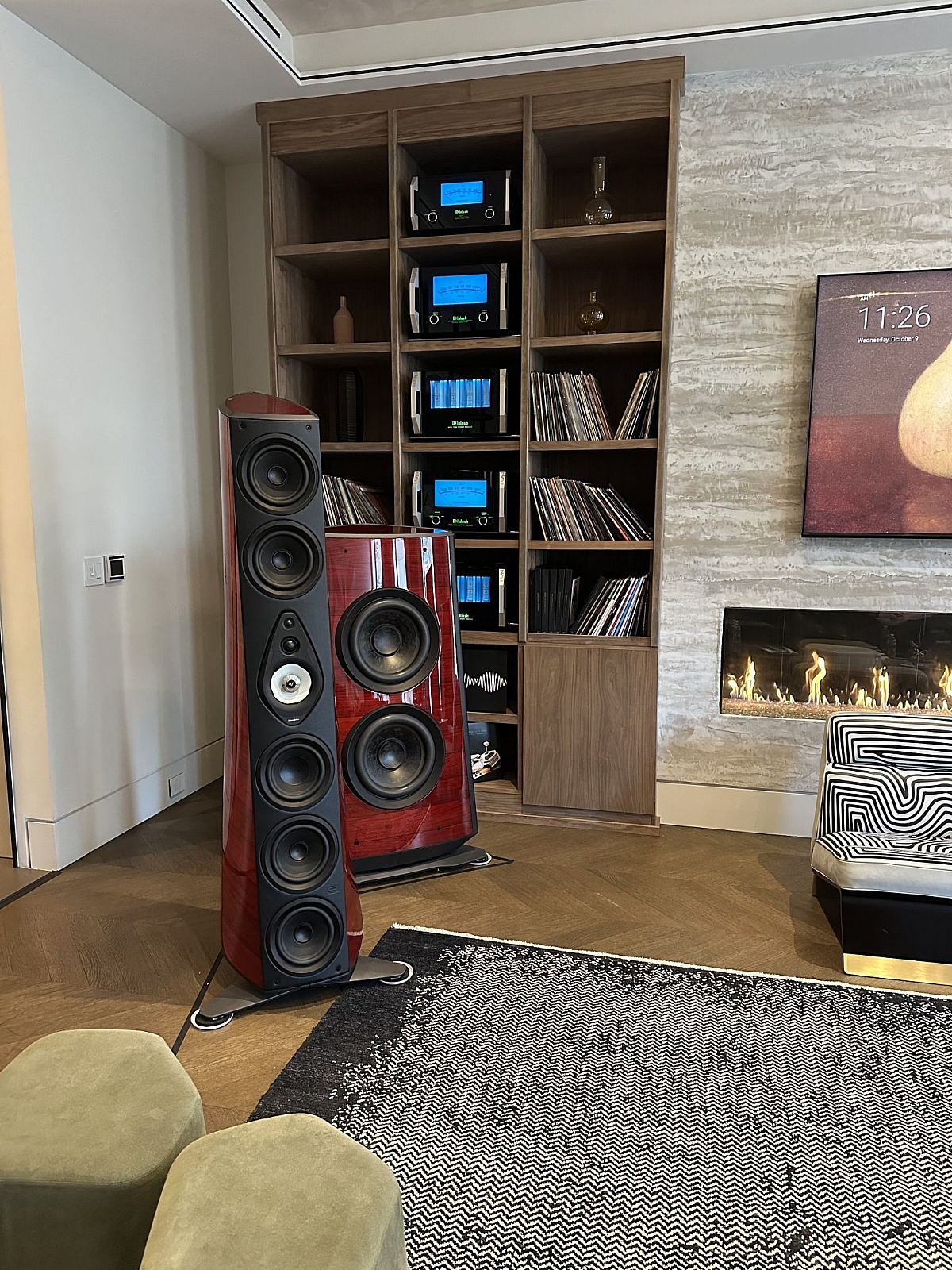
There are many conflicting opinions on what sounds best. Digital versus analog, tubes versus solid state, subwoofer or no subwoofer, the list goes on, and one can go down many rabbit holes researching these issues, but those are topics for another day. The main point is that a properly designed and set up two-channel system creates a soundstage and imaging that results in the warm, realistic sound that discerning listeners desire. A high-performance system reproduces music with three-dimensional depth and detail, and instruments can be audibly pinpointed. I don’t consider myself a true audiophile, but I appreciate a system that is audiophile level. I never listen to music simply because it is well recorded. I like music that is played with real instruments, not computers, and some of my favorite albums have little fidelity, but what they lack in recording quality, they more than make up for in music quality. Because of this, I have a moderate high-performance system capable of shining on great recordings, but it is not so revealing that low-fidelity recordings sound bad.
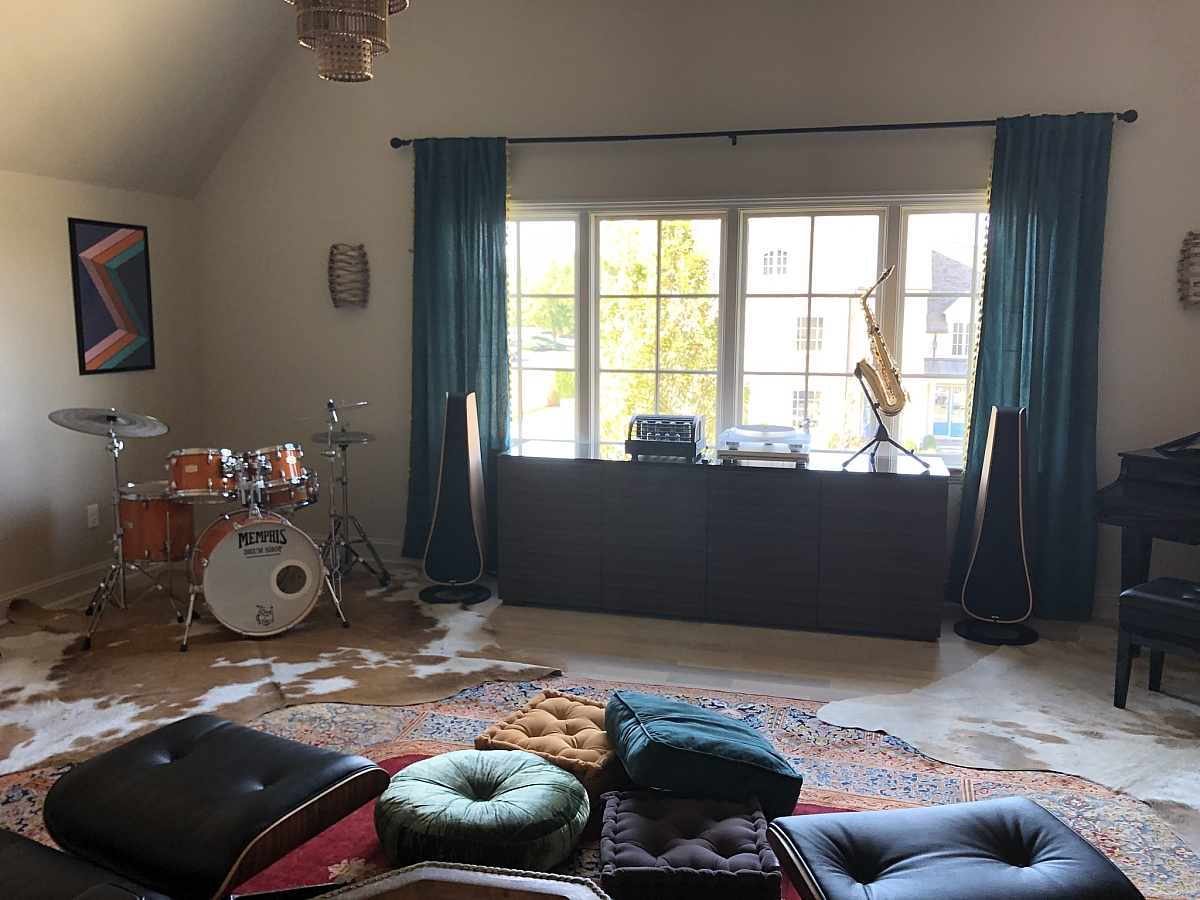
Miestro offers many great brands of two-channel audio equipment that we specify based on the listening room and budget. We typically start with speakers and then build the rest of the system around them. Many types of speakers are available: floor-standing tower speakers, monitor speakers on stands, bookshelf speakers, and architectural speakers. Amplification and processing can be from basic receivers, integrated amplifiers, or separate components. Sources include streaming devices with DACs (digital to analog converters), turntables, media servers, and CD players. Some of our favorite lines of speakers are Steinway Lyngdorf, Bowers & Wilkins, KEF, Totem, Davone, Wisdom Audio, and JBL. Amplification and processing favorites include Lyngdorf, Marantz, Denon, McIntosh, NAD, Prima Luna, and Classe. We have several turntable brands, including Michell, Marantz, Denon, and U-Turn to name a few.
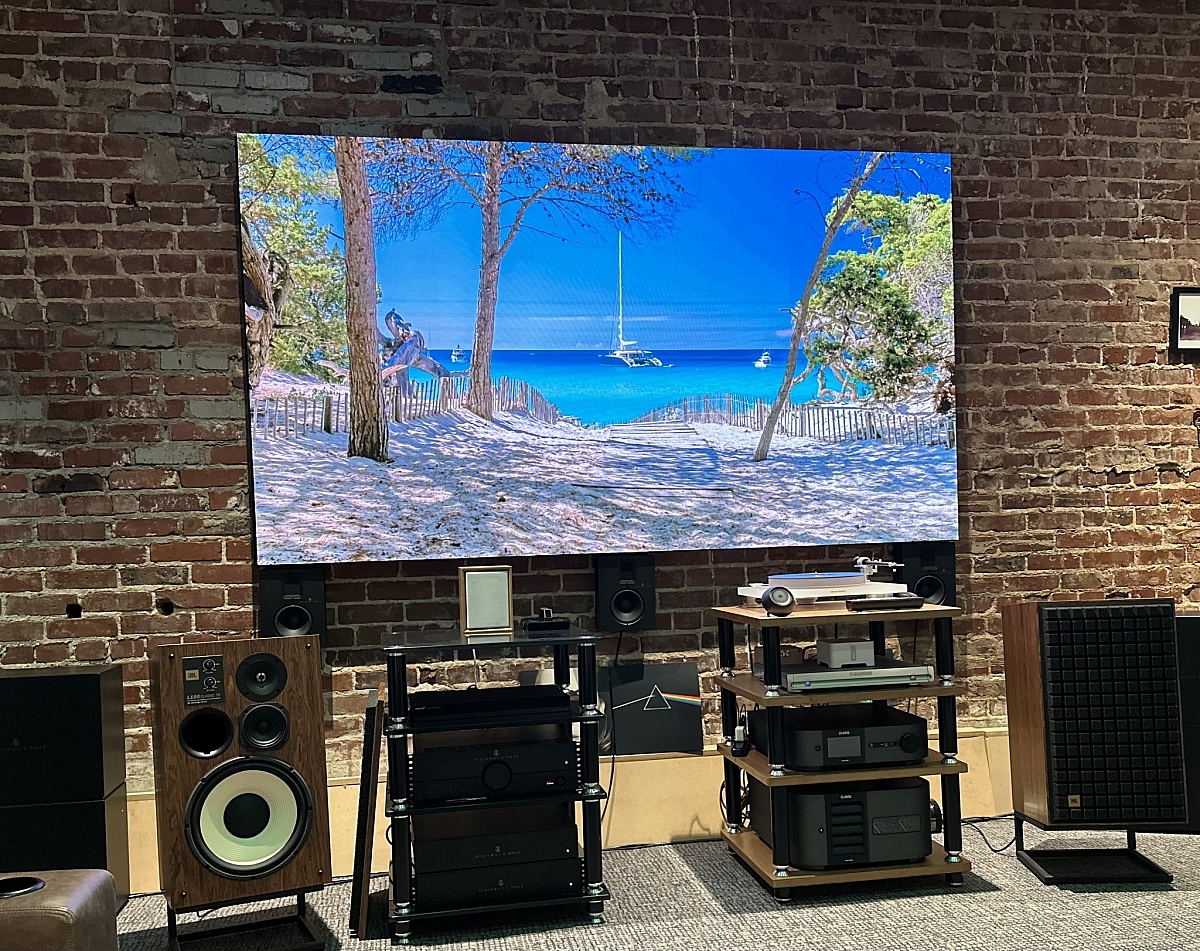
No matter how good the audio equipment is at reproducing music, the room acoustics affect the sound quality dramatically. Because of this, acoustic treatments are often required to achieve the desired sound quality. The exception to this rule is Lyngdorf’s RoomPerfect, a sophisticated calibration system that measures the listening room utilizing a microphone. RoomPerfect is also unique in the preference to locate speakers near or against the wall, which is typically a big no-no. Most speakers require 18 inches to 3 feet of distance to the back wall, but that is not practical if the listening room doubles as a living room, as most do.
I have so much to share with you all, I can't wait till the next post about some of my personal favorite concerts and a full list of my very own setup, so stay tuned.
MM
